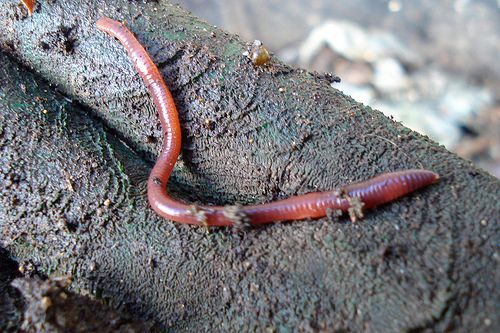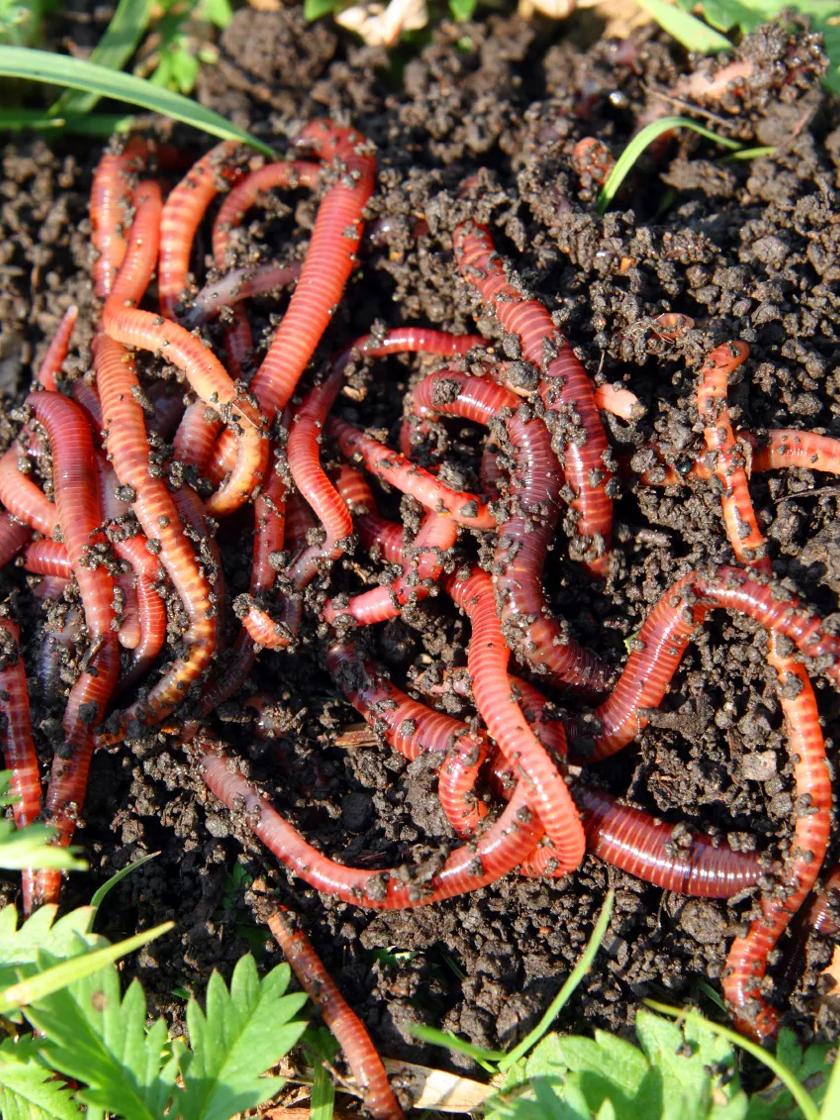Lake Hickory Bait: The Ultimate Spot for All Your Angling Needs
Lake Hickory Bait: The Ultimate Spot for All Your Angling Needs
Blog Article
Red Wigglers: The Unsung Heroes of Organic Waste Recycling
Red wigglers, or Eisenia fetida, function as important agents in the natural waste reusing procedure, changing thrown out products right into valuable vermicompost. Their efficient break down of raw material not only enhances dirt quality but also contributes to lasting waste management practices. As the world increasingly looks for services to fight waste build-up and improve agricultural efficiency, recognizing the duty of these worms comes to be important. What mechanisms enable them to flourish in compost environments, and how can they be properly made use of in both household and commercial setups? Checking out these inquiries exposes the broader implications of vermicomposting in our environmental landscape.
What Are Red Wigglers?
The remarkable resilience of red wigglers, clinically called Eisenia fetida, highlights their crucial duty in organic waste recycling. These small, reddish-brown earthworms are generally located in disintegrating organic issue, such as compost heap and manure stacks. Lake Hickory Bait. Unlike various other earthworm types, red wigglers thrive in nutrient-rich environments and are extremely reliable at breaking down natural products, making them essential for vermicomposting

(Red Wiggler Express)In enhancement to their role in waste decrease, red wigglers add to dirt health by improving soil framework and aeration through their tunneling tasks (Lake Hickory Bait). Their existence in composting systems not just boosts decomposition rates but additionally advertises a sustainable approach to lose administration, illustrating their significance in environmental preservation initiatives
Advantages of Composting With Worms
Composting with worms, particularly red wigglers, provides various advantages that improve both waste administration and dirt wellness. These worms efficiently break down organic waste, converting it into nutrient-rich vermicompost that improves soil. This process increases decomposition, enabling for a quicker recycling of cooking area scraps and various other natural materials compared to conventional composting approaches.
In addition, the vermicompost generated by red wigglers is teeming with valuable microorganisms, which aid boost soil structure, oygenation, and dampness retention. This enhances the general wellness of plants, promoting energetic growth and raised returns in gardens and agricultural settings. The use of worms in composting minimizes the manufacturing of greenhouse gases, such as methane, contributing to an extra lasting waste management system.

How to Start Vermicomposting
Developing a vermicomposting system is a straightforward process that can yield considerable advantages for both waste monitoring and dirt enrichment. To start, pick a suitable container, such as a plastic container or wooden box, with appropriate air flow openings to ensure proper airflow. The measurements ought to ideally be about 2 feet by 3 feet, allowing ample room for the worms to thrive.
Next, prepare bed linen product, which can contain shredded paper, cardboard, or coconut coir. This bed Red Wiggler Express linen must be dampened to produce a suitable environment for the worms. As soon as the bedding is in area, introduce red wigglers (Eisenia fetida) into the bin, typically around one pound of worms for each square foot of surface location.
Complying with the placement of worms, add organic waste, such as fruit and vegetable scraps, coffee grounds, and crushed eggshells. With these steps, you will effectively launch a vermicomposting system that contributes to lasting waste management and enhances your dirt.
Preserving a Healthy Worm Bin
(Red Wiggler Express)Keeping a worm container thriving requires regular interest and treatment to make sure the health of the red wigglers and the efficiency of the composting process. Correct upkeep begins with checking the moisture degrees; the container should be damp but not saturated. A good policy of thumb is to keep a consistency similar to a wrung-out sponge.
Aeration is critical as well. Carefully mixing the bedding and food scraps every few weeks prevents compaction and makes sure that all worms have accessibility to oxygen. Furthermore, it is crucial to feed the worms suitably. A balanced diet of fruit and veggie scraps, coffee grounds, and smashed eggshells should be used in small amounts to stay clear of overfeeding, which can lead to smells and parasites.
If the bin ends up being too warm or cool, the worms might become worried. By carefully handling these variables, one can maintain a robust and effective worm container.
Effect On Lasting Living
The successful maintenance of a worm bin not only profits the health and wellness of red wigglers however additionally adds substantially to lasting living techniques. By recycling organic waste, such as kitchen area scraps and backyard debris, red wigglers help divert significant quantities of material from land fills. This decrease in waste not only decreases greenhouse gas discharges however also decreases the ecological worry connected with waste management.
Additionally, the castings created by red wigglers serve as a nutrient-rich organic fertilizer, improving dirt health and advertising plant growth. This all-natural option to chemical plant foods supports sustainable agriculture and horticulture methods, minimizing dependence on artificial inputs that can hurt ecological communities. In addition, worm composting fosters awareness of waste management, urging people and communities to take on even more lasting habits.

Conclusion
In summary, red wigglers offer as essential factors to organic waste recycling through their efficient disintegration of natural products. Their capacity to generate nutrient-rich vermicompost boosts soil wellness and sustains lasting farming techniques. By incorporating vermicomposting into waste administration methods, people and neighborhoods can significantly reduce waste while advertising ecological sustainability. The duty of Eisenia fetida in cultivating healthy and balanced ecosystems underscores the value of these organisms in accomplishing sustainable living and enhancing dirt fertility.
Report this page